Tuesday, 6 October 2009
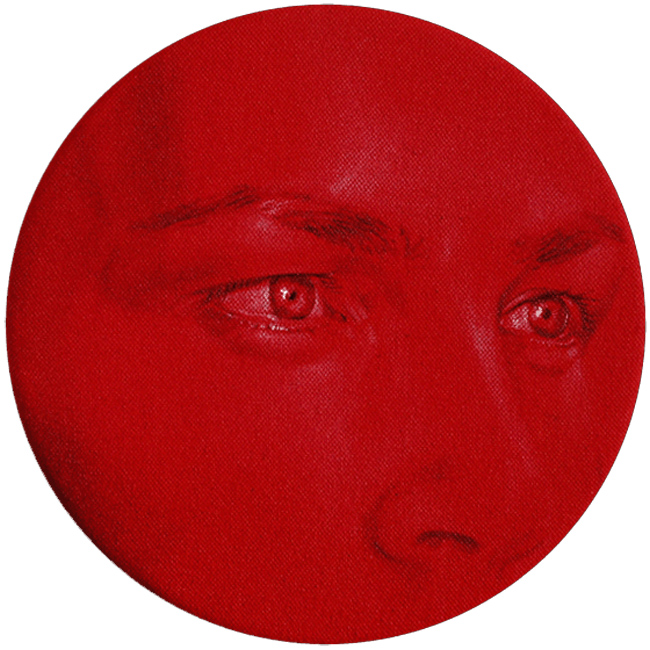

Red is the warmest of all colours. It is the colour most chosen by extroverts and one of the top picks of males. On the other hand, red symbolises temper, agitation and excitement. I am an introverted person, full of pessimism and doubt, unwilling to engage in confrontation. Red is not my colour. It overwhelms me. It makes me uncomfortable. I squirm and writhe when faced with passion - both positive and negative. Perhaps this is why I am most happy being left alone with my thoughts. Oddly enough though, Salustiano’s work do not put me in an agitated state. I do not know why, and I cannot understand why, but there is a very serene quality to them all. It is a quality I have never associated with the colour red. Perhaps it is the subject matter - that quiet, docile nature of the gestures and poses? Whatever it is, I am beginning to look at red in a different light…

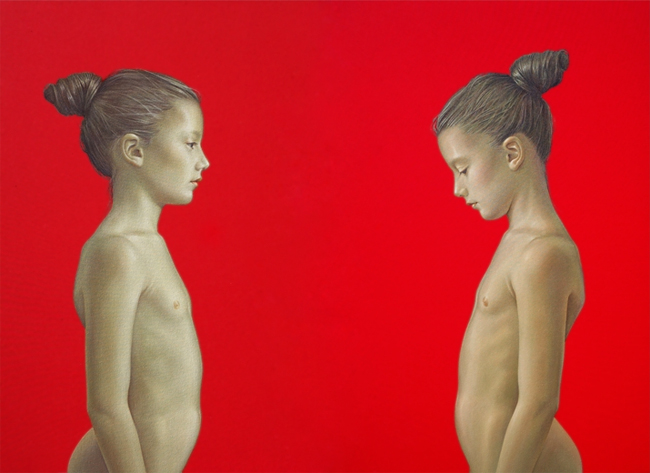
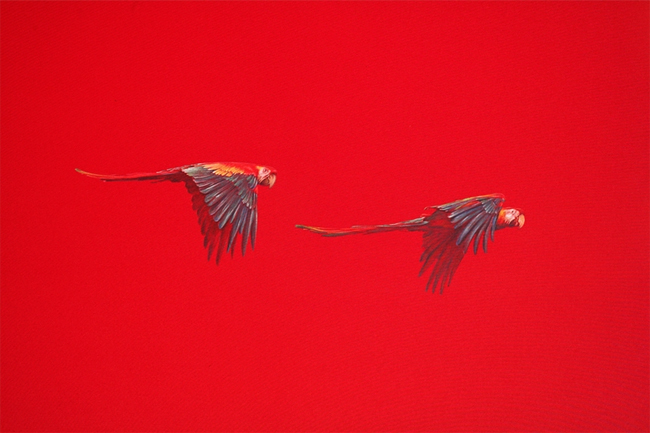
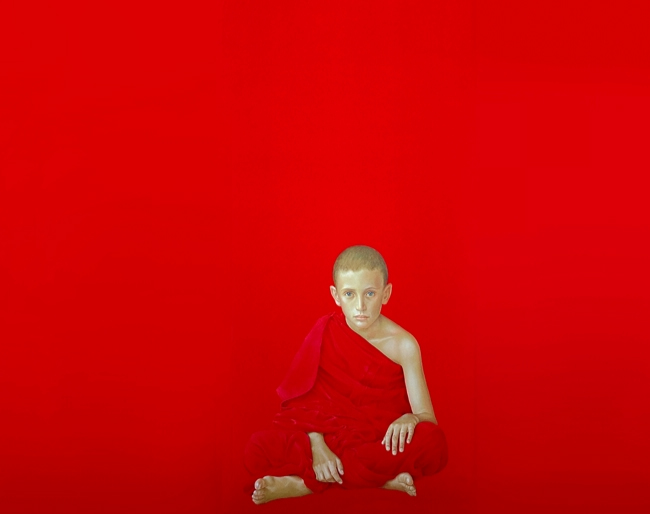
Please go to Salustiano’s website to see more of his work.
Tags: Art, Painting
Posted in Uncategorized | No Comments »
Saturday, 3 October 2009
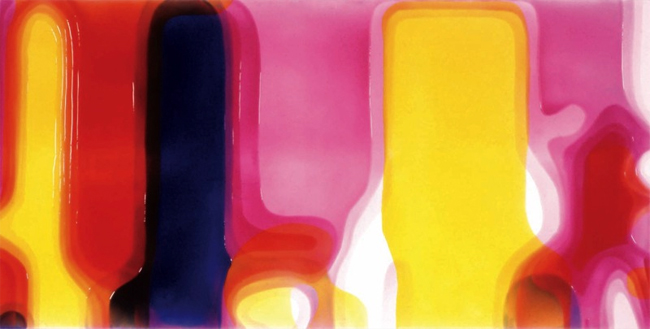
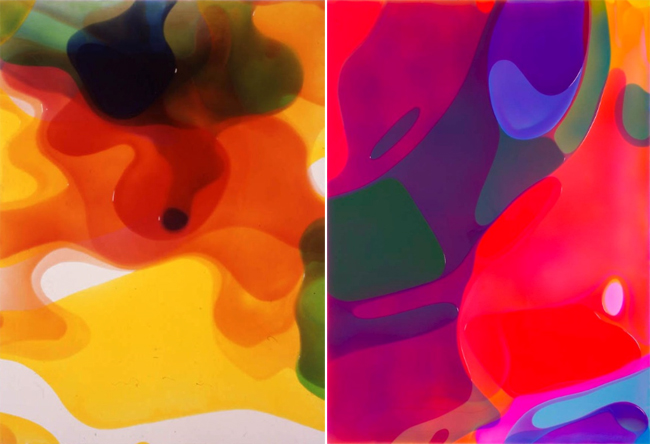
As much as I detested Biology in school, I have long since realised and acknowledged that nature continually offers up beautiful examples of form and colour. Cell structures, for example, informed me of the power scale and repetition hold when attempting to induce an sense of awe. These paintings, as abstract as they are, reminded me of cell structures, albeit saturated with colour: organic yet somehow scientific - I suppose that is Biology, or my summation of it anyway…
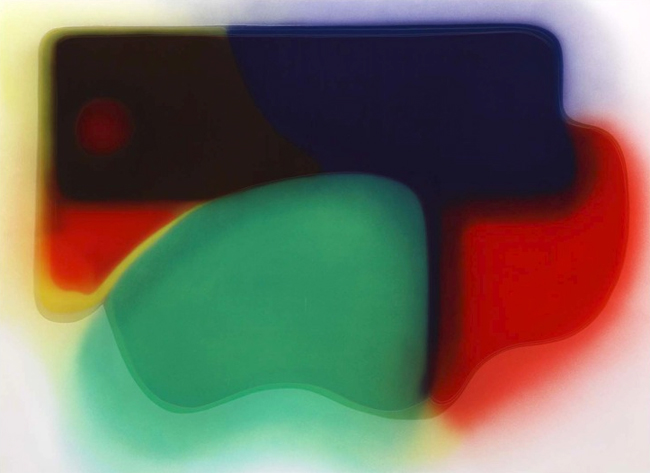
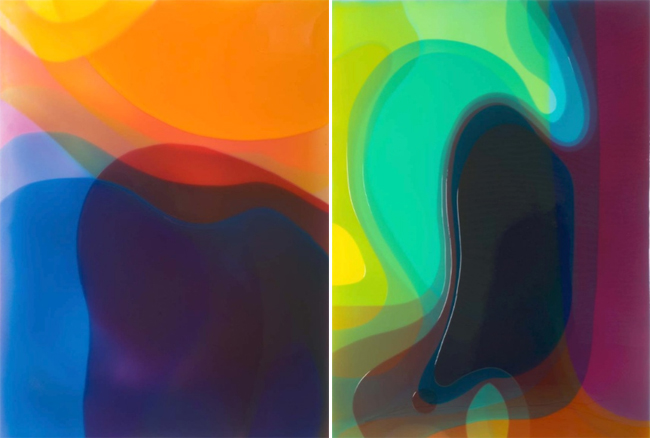
…Adopting techniques dear to action and Colour Field painters, the German artist Peter Zimmermann bastardised both with astonishing acumen… His lollipop-coloured expanses of epoxy resin poured, dripped or dabbed on virginal canvases would have incensed Clement Greenberg, since they owe as much to Warhol, Peter Halley and Gerhard Richter as they do to Pollock and Morris Louis…
In his work, he projects various types of digital images onto canvases, then carefully transcribes and colours them… Zimmermann’s efforts are most compelling when he employs a Pop palette on a sizable scale…

Additional text written by Paul B. Franklin for Art in America. Please visit Zimmermann’s site to view more of his work.
Tags: Art, Painting
Posted in Uncategorized | No Comments »
Friday, 2 October 2009
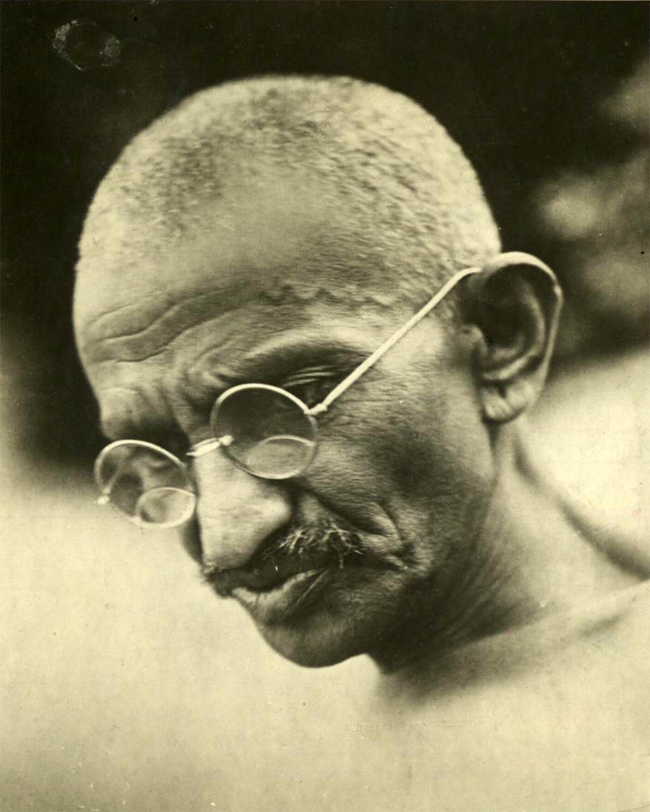
I am here to talk about a man - to talk about a man, no ordinary man. Toward the end of his life he was honoured with the title of Mahatma: Maha means “great”; Atma means “soul”. Mahatma, Great Soul, a person who identified with the poorest of the poor, was a rousing inspiration as a leader to millions - one who loved the very people from whom he was demanding justice and freedom.
Great soul, but he would say “I am just an average man.”
Once he was sitting in a train in Bombay. Just as the train was about to leave, a reporter runs up and asks, “Gandhiji, would you give a message for our readers?”
“My Life is my message,” he says.

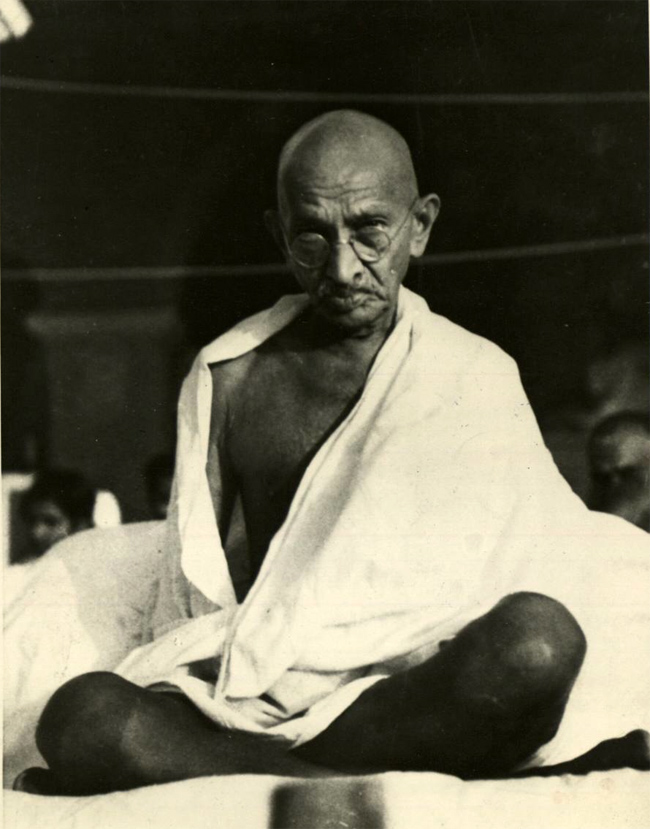
You remember how young Gandhi - a young barrister from London travelled in a train in Africa. He was dapper, all decked out in a suit, holding a first class ticket. But the train inspector threw him out. He said “FIRST CLASS, WHITES ONLY.” After he was roughed up and dumped on the platform, he slowly got up. It was night time. Out of the shadows a man comes out - a white man. “I am a lawyer,” he says, “I saw everything - I want to sue that inspector and want to see to it that he is punished.” Dusting off his knees and elbows, straightening himself, Gandhi says, “Revenge will do no good… An eye for an eye makes the whole world blind.”
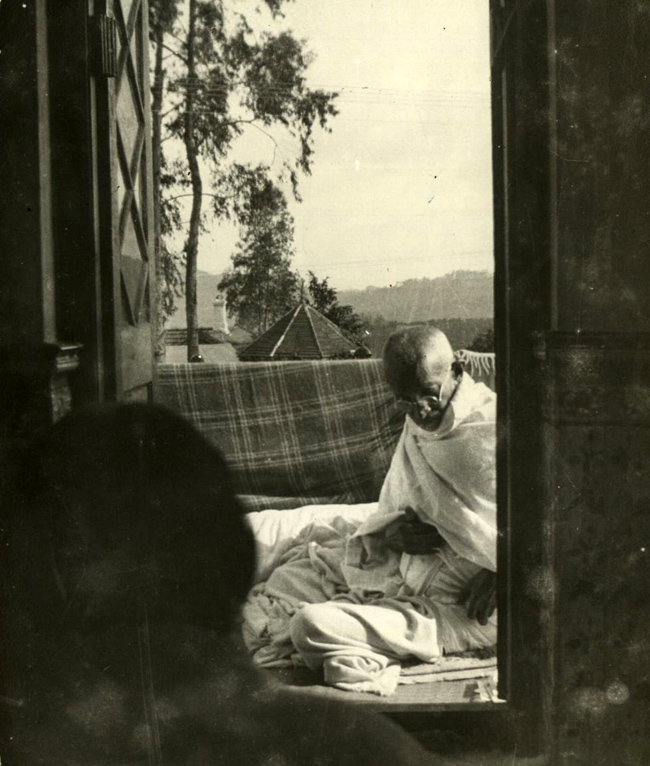
Mohandas Karamchand Gandhi was born on this day, in 1869.
Text written by Sri Sridharan. Images from Life.
Tags: History, India, Tribute
Posted in Uncategorized | No Comments »
Friday, 2 October 2009
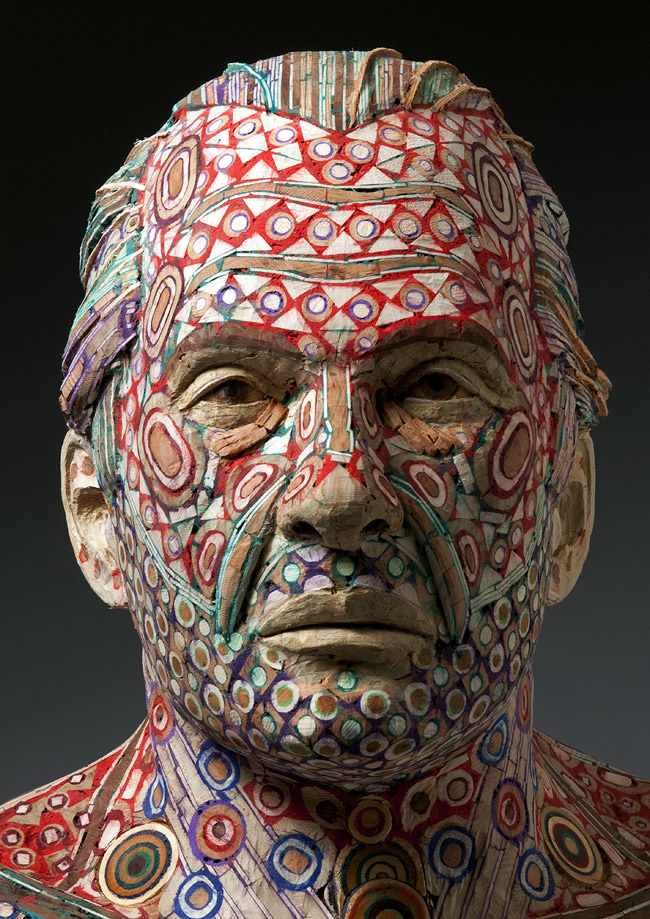
Portraiture is beginning to really fascinate me. For me, capturing the essence is of utmost importance. I have come across many pieces that attempt to convey emotion to varying degrees of success. I truly believe the key is in the eyes. Eyes are our so-called windows to the soul. Without fully leveraging the potential of the eyes to portray emotion, portraits usually turn out somewhat flat. However, if used wisely, the piece comes alive. You feel like you are meeting them in real life. And that is how I felt when I came across Michael Ferris’ work.
“I am interested in the human figure mainly because the possibilities are endless… I start a sculpture by building the basic form and then I grind down, shape and chisel the piece until an accurate state of the form is reached. I then apply the inlaid wood and pigmented grout, sand and shape until the final form is attained. The process becomes very interesting to me near the end as I work to find the correct balance between the form, the patterned surface and the presence of the person I am sculpting.”
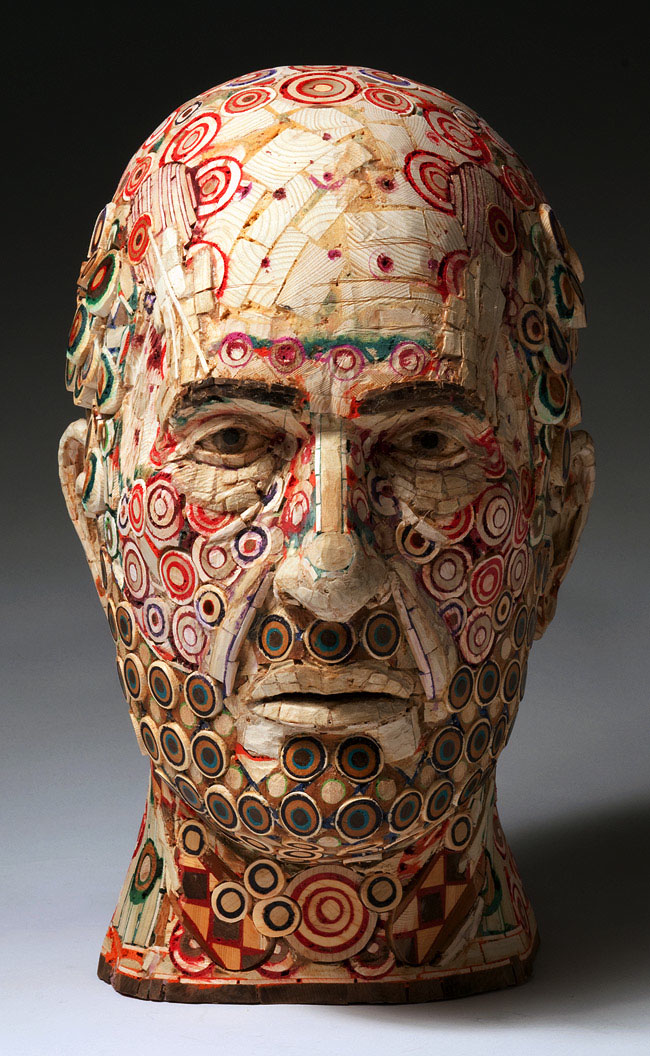
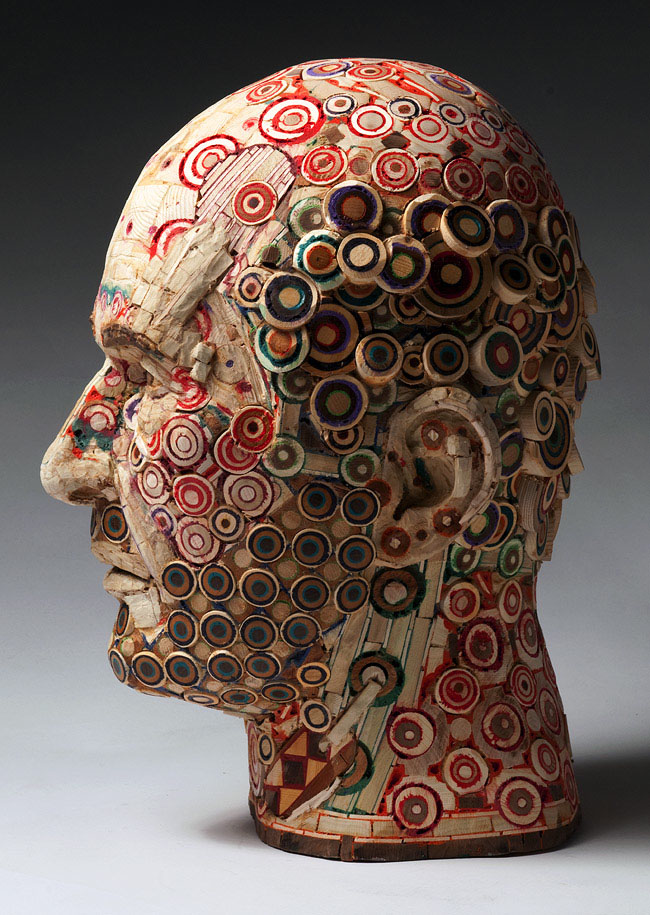
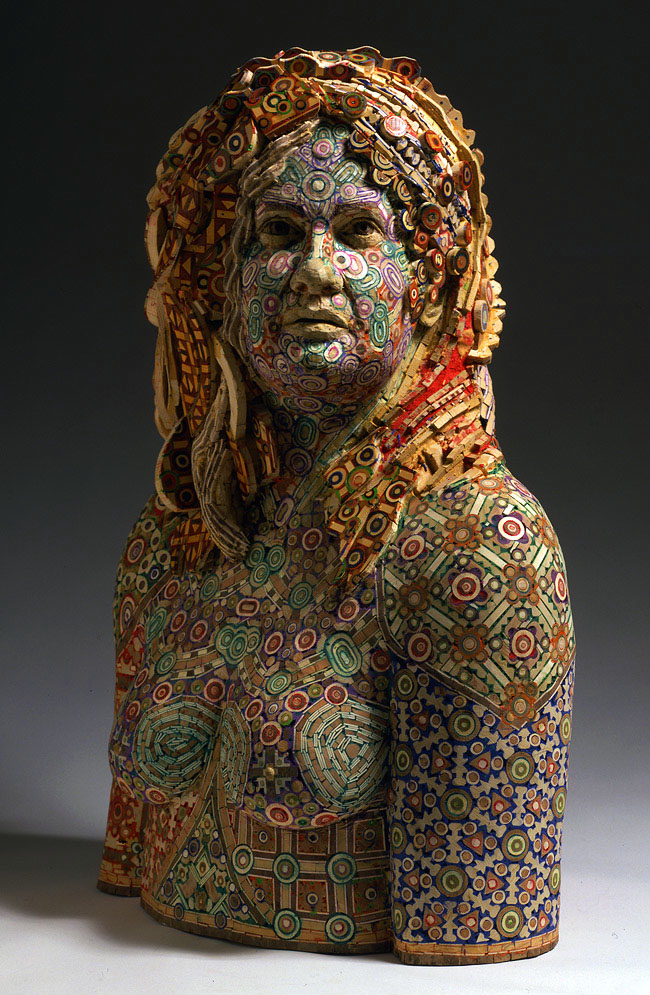
“My dad was Lebanese. Back in the 1960’s during a trip to the Middle East he purchased two very fine inlaid backgammon tables that were made in Damascus Syria. I grew up with these tables in my home and I would look at them quite often. They amazed me. When I started making sculpture in 1992 the idea of incorporating inlaid wood into my work seemed very natural to me. At first I didn’t make the connection that I had been deeply inspired by these gaming tables in my childhood home. I really didn’t know why I was making the work I was making back then. It just felt right. It wasn’t until years later when I walked by those tables in my parents house that I realized where the inlaid component of my work came from. It’s strange that it didn’t dawn on me until that moment but I think those tables were such a deep part of my experience growing up that I never really directly thought about them. They were just in me.”
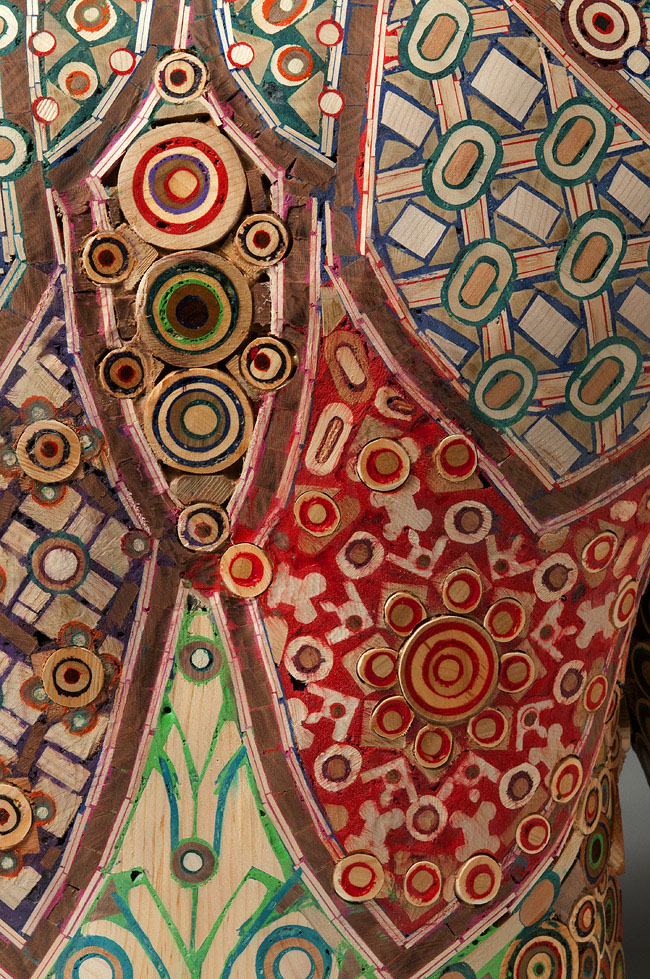
Text and images kindly permitted to be republished on this blog by the artist himself. Please go to Michael Ferris’ site to view more of his work.
Tags: Art, Sculpture
Posted in Uncategorized | No Comments »
Thursday, 1 October 2009
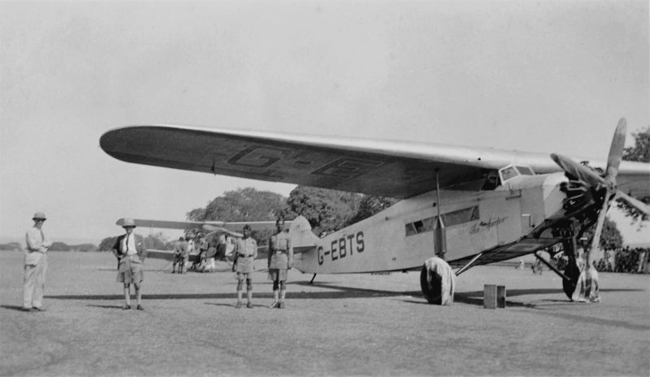
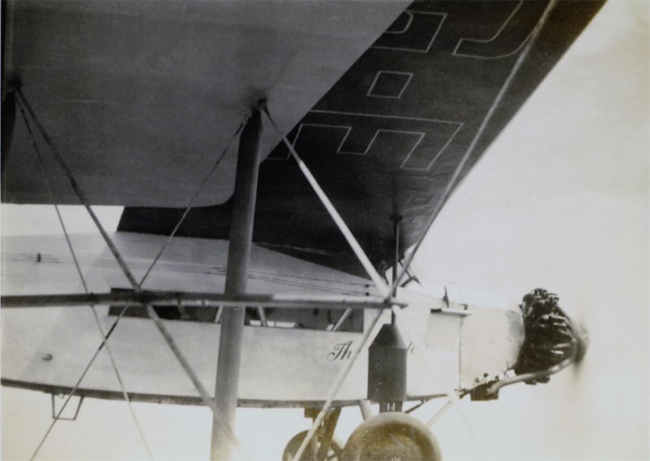
These photos are a short extract of the story of The Spider from the pioneering days of aircraft in the 1920s and 1930s… The aircraft started out life as KLM H-NADK. In 1927, it was sold to a Mr McIntosh who renamed it “Princess Xenia” and it was re-registered as G-EBTS. On 16th September 1927, he flew Princess Xenia with an Irish airman, Mr. James Fitzmaurice and Mr. Maurice Piercey, from Baldonnel Airfield in Dublin in an attempt at the first East to West transatlantic flight, but they were forced to return and landed on a County Kerry beach… McIntosh then made several attempts to fly from London to Karachi, crashing on the first trip on the return flight and on the second attempt failed, but a third was successful. A Mr. Bernard, a famous pilot of the time, bought the aircraft and flew to Karachi with a Mr. Elliot and the Duchess of Bedford. This trip took several months due to an emergency landing in the desert and an engine change…
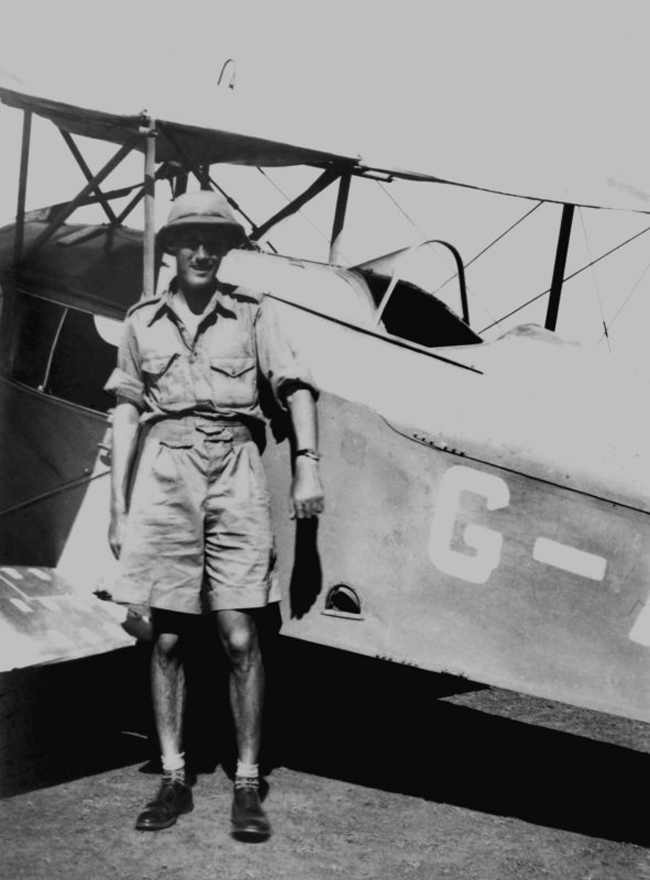
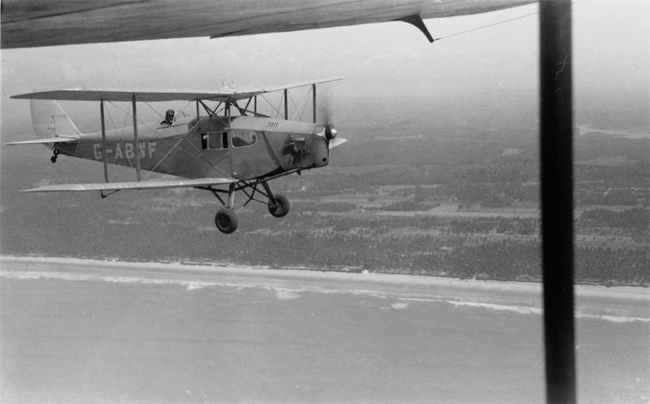
Following this, the Duchess of Bedford bought the aircraft in 1928 and renamed it “The Spider”. The name was, according to Lettice Curtin in her book “Winged Odyssey”, after the famous spider that inspired Robert the Bruce to “try, try and try again”. The Duchess of Bedford, also known as the “Flying Duchess”, was already in her later years at this stage and over 60. With the Spider and Mr Bernard as pilot she flew again to Karachi. In 1929 they set the then record of seven and a half days to India and back to England. In 1930 She flew with The Spider to Capetown and back, setting a then record of 20 days… In 1931, The Spider toured England, giving joy rides at more than 134 stops… [3 years later], The Spider was sold to Sir Bossabhor Bumwandwallah in Bombay. This aircraft was finally broken up in 1937.

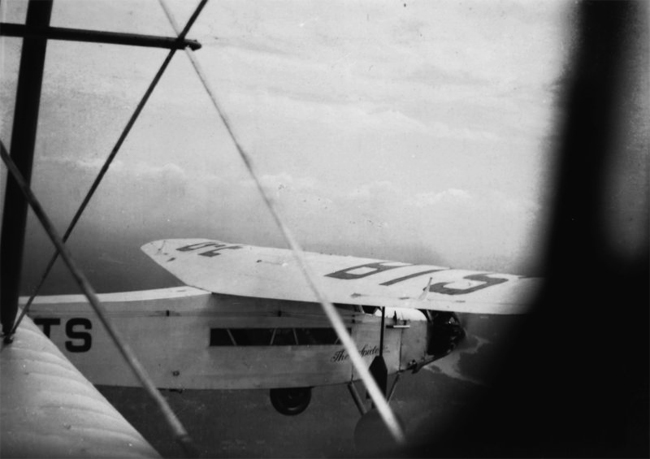
Text and photo collection by Andrew John Jones.
Tags: History
Posted in Uncategorized | No Comments »
Wednesday, 30 September 2009
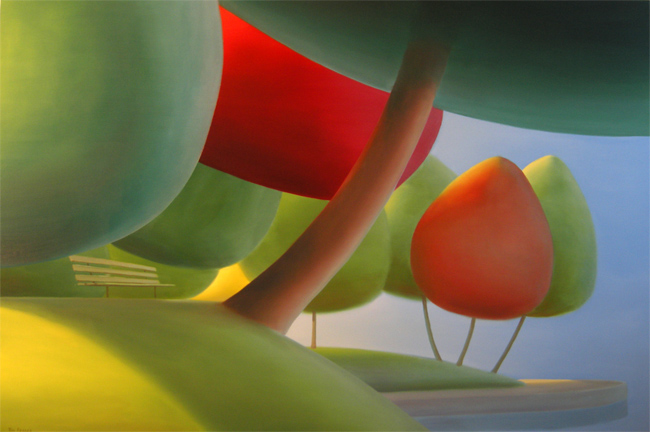
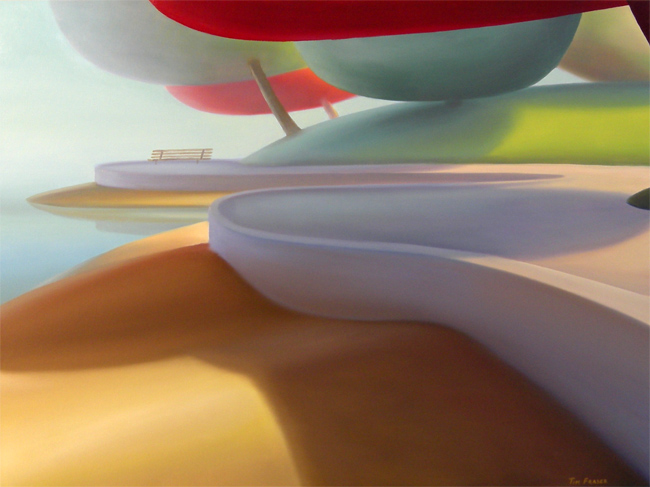
Vancouver is a beautiful. I often find myself basking in awe of the resplendence. There are few places I have seen in my lifetime that rival this truly portentous surroundings. And certainly, there is no other place to better experience the Vancouver lifestyle than standing in Stanley Park. The scintillating sea, the verdant backdrop, the placid atmosphere - ahh euphoria!
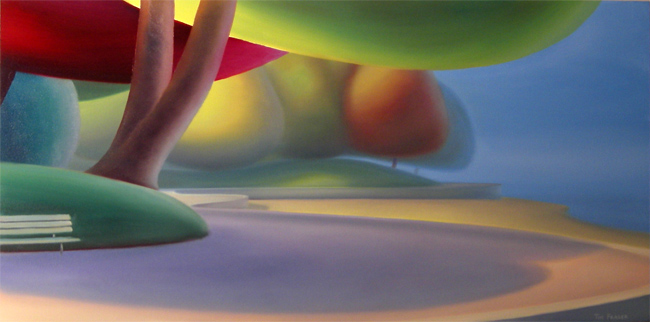
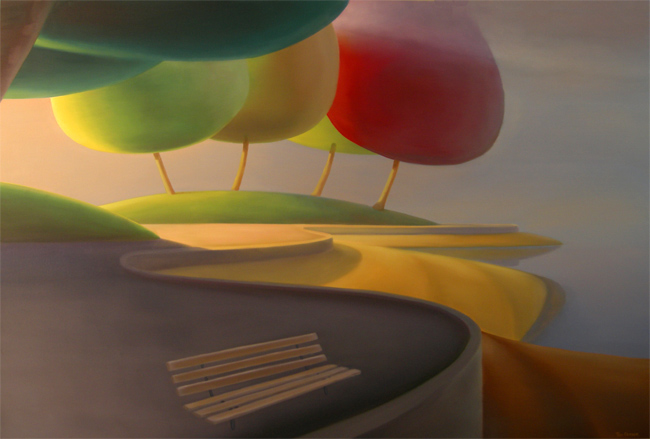
I [have] always enjoyed the challenge of replicating something onto a flat surface, but while painting in Vancouver’s Stanley Park, I fine tuned what it is about an image that appeals to me - a particular light and the resulting shapes and colours. If done correctly, I could make an image, [simply by] using light and colour, [that] would suggest more to the viewer - such as the tranquility that I found walking the seawall at daybreak. That peacefulness was an oasis from my daily life, and I felt many Vancouverites might feel the same way if they could see it. Once I started trying to evoke that feeling, people responded to it very well.

These pieces really capture the feeling you get when you walk through Stanley Park: serene and quiescent…
Text and images kindly permitted to be republished on this blog by the artist himself. Please visit Tim Fraser’s site to view more of his work.
Tags: Art, Canada, Painting, Vancouver
Posted in Uncategorized | No Comments »
Tuesday, 29 September 2009
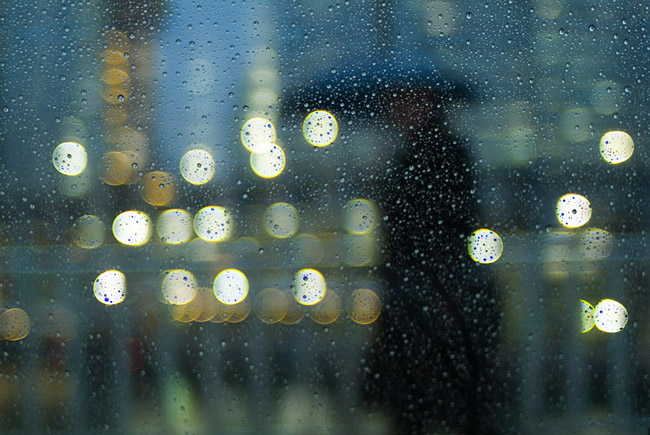
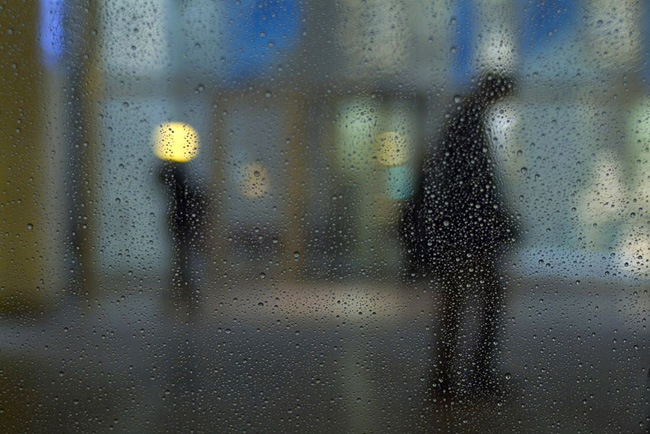

The sky cried all night long. Her breath is cool and damp. I still feel her tears, light and soft. Her mood is changing - she was agitated just a few moments ago, but now she is quietly reflecting on the events that came to pass. I know her well. She will shrink into her shell and not speak a word - she will deprive us of her exuberance and effervescence. Until next year. Welcome to Fall.
“A while back I ran across some negatives I shot from my car in the old film days. I was intrigued by them and began photographing from inside my car again. Driving around Chicago in a downpour I had glazed over momentarily at a stop light as the droplets of rain gathered on the windshield and the chromium vapor of the street lamps blurred behind them. I let the cinema window of the car become obscured with the pebbles of water and then photographed them…”
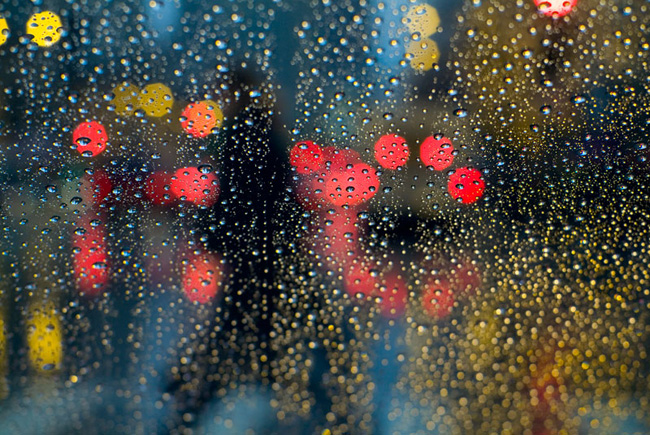
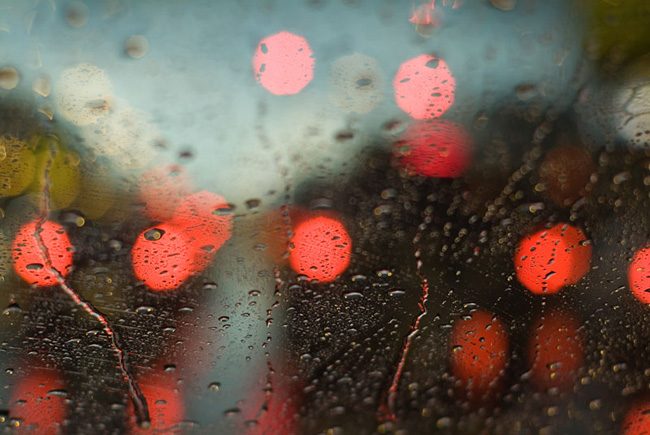
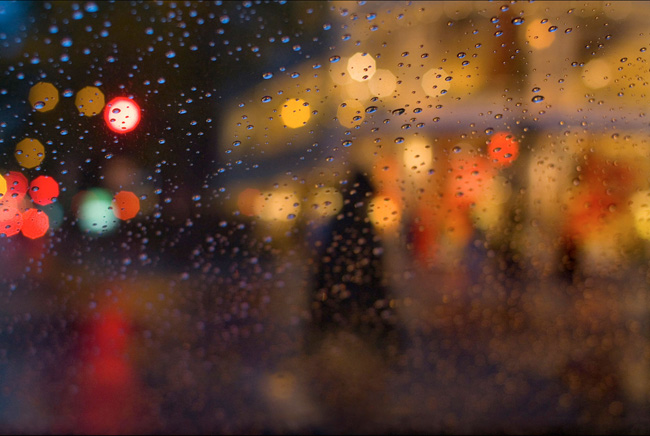
“What started haphazardly became an obsession and I have now captured hundreds of these images. Generally the texture of the precipitation is kept in focus, and the shape, weight and direction of the droplets can change according to windflow and the severity of the rainfall. Activity in the city streets is set in shallow focus behind this. Neon fluorescence and radiant red light from car brake lights are common themes, but more abstract and suggestive patterns are created by silhouetted pedestrians hastening along with pendulous umbrellas; vehicles such as towtrucks or sixteen wheelers, made more ominous in the dreamscape of their out of focus state; or lonely objects in storefront windows, rendered redundant by the inclement weather. The pure refractions of light are controlled by the lens choice, focus and exposure, blurred into kaleidoscopes or minimized to retain narrative detail. I search for different colorations, shooting at various times of day when the hue of the sky can contribute to the tableau.”
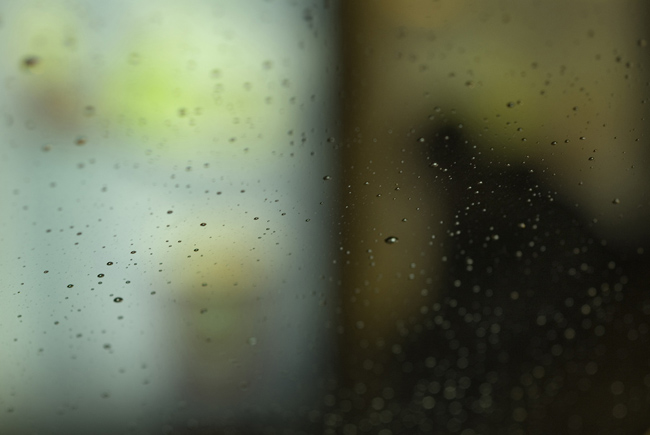
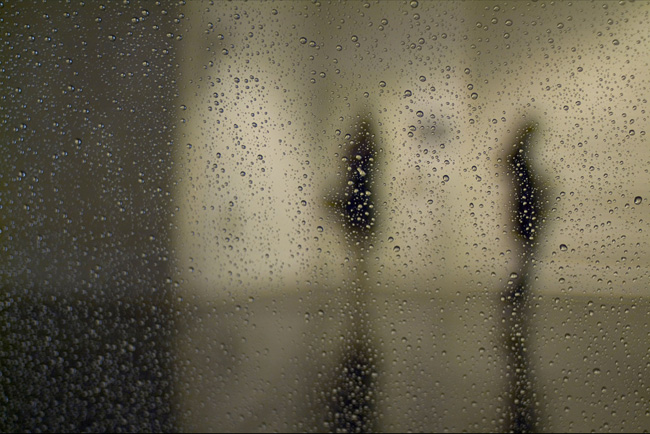
These photographs by Bill Sosin really capture the mood of Fall - the mood I am in when the days grow dark and the rain comes down. I sink into a slight depression, like clockwork, but this year is - oddly - a little different. It is a welcome change. I have time to reflect on my experiences and observe the world around me. It is beautiful - melancholic, but utterly beautiful. As are these images.
Text and images kindly permitted to be republished on this blog by the the photographer himself. Please visit Bill Sosin’s site to view more of his work.
Tags: Photography
Posted in Uncategorized | 1 Comment »
Monday, 28 September 2009
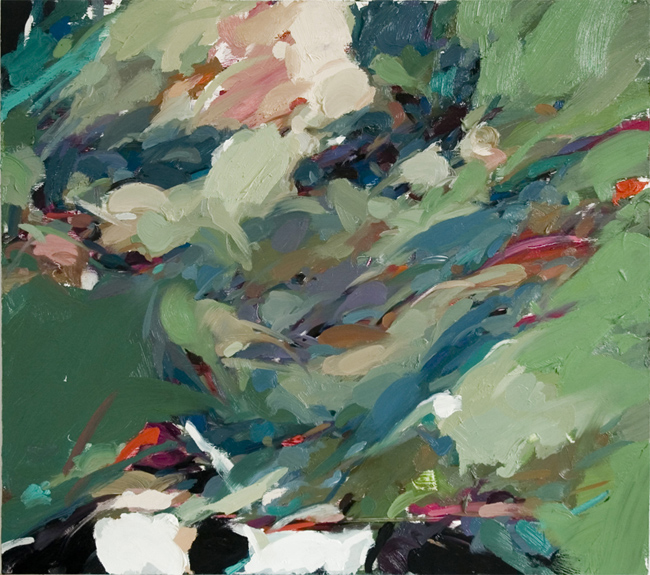
I was first interested in perfectly discernible image - subjects whose form I can clearly recognise and name. It helped me relate to the artist. However, as of late, I am increasingly becoming more interested in abstract or semi-abstract forms. Although there is little in the way of expression that I can understand, it conveys feeling in an entirely different manner. Take, for instance, Bogdan Luca’s work: when I first came across his work, I thought they were very violent. Perhaps it was the intense texture and colour, but there was a sense of implosion in his paintings. The walls collapsing and crumbling, the last glimpses of a man facing impending doom, trapped inside. However, as I researched more into his work, I began to see them all in a different light - one that is not violent at all. Instead, they took on a rather melancholic mood, one that reflects on the world around us with wonderment, trying to digest the multitude of visual distractions…
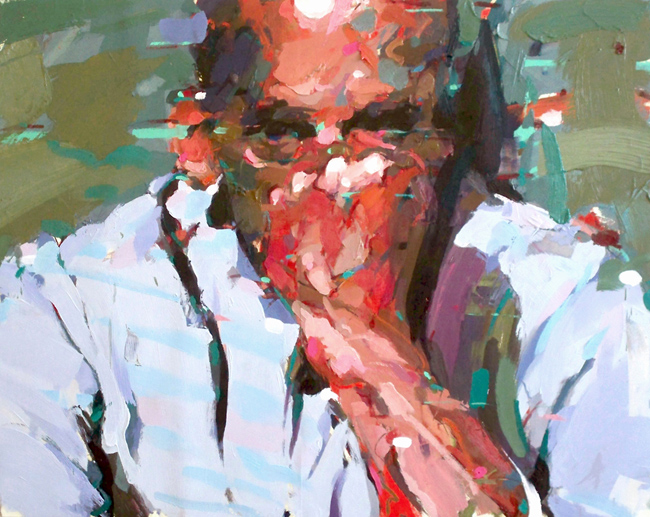
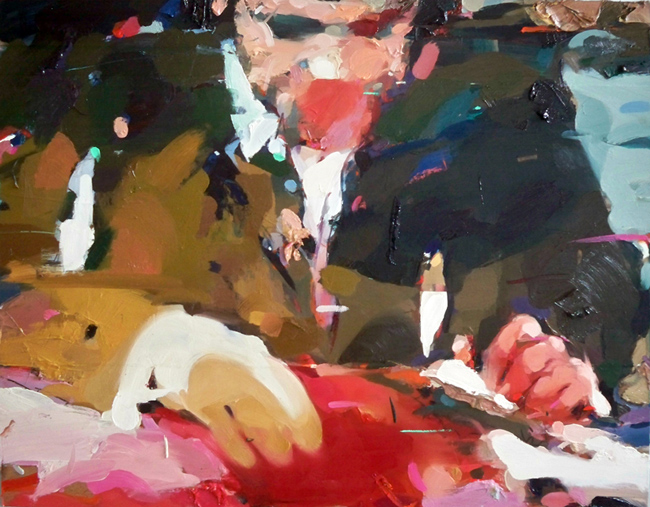
“Art is a form of communication. I am interested in the way we perceive the world and how our conceptualization of reality is shaped by our personal histories, psychology, historical and social context. My current work stems from an interest in vision as a function of the eye as well as a property of imaginative consciousness i.e.: prophetic vision. I look at a lot of Youtube video and film sources and I am very interested in digital images and forms of communication as metaphors for the above mentioned screes or filters that shape our consciousnesses… I hope that my work can provide a surprising perspective. That something taken as a given can be perceived as if for the first time. This goes back to vision, the intense proliferation of images and the placation of our mental processing of images through sheer volume.”
“I get a lot of comments about the violence in my work. I accept that as interpretive license on the part of the viewer but my work is not violent. At least not overtly so. Perhaps a psychological violence which results from a reversal of perspective or an unexpected encounter. If that is the case, then that is one of the things I am looking for.”
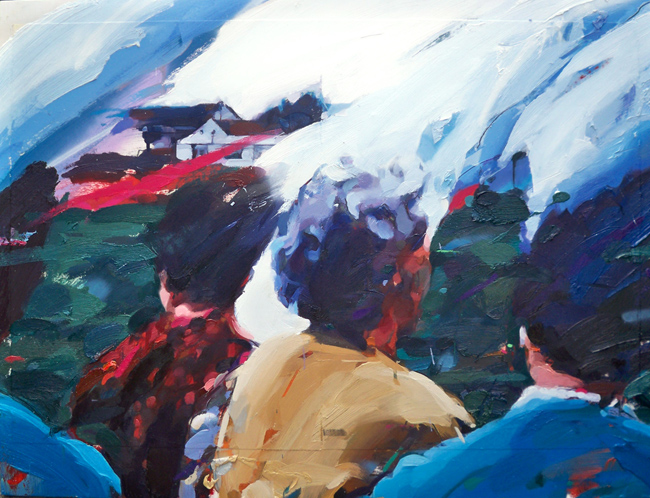
Images and text kindly permitted to be republished on this blog by the artist himself. Please visit Bogdan Luca’s site to view more of his fantastic work.
Tags: Art, Painting
Posted in Uncategorized | No Comments »
Thursday, 24 September 2009
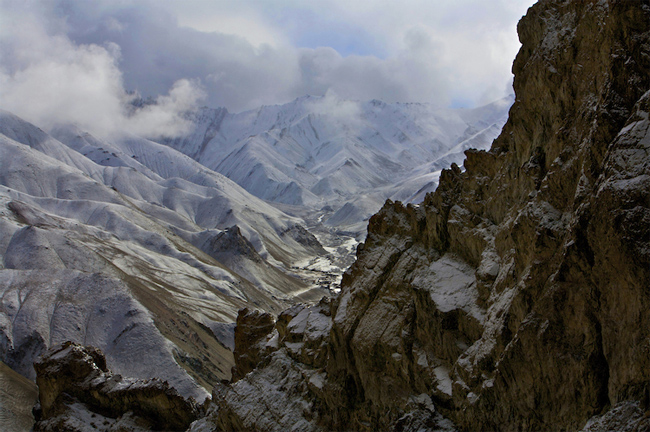
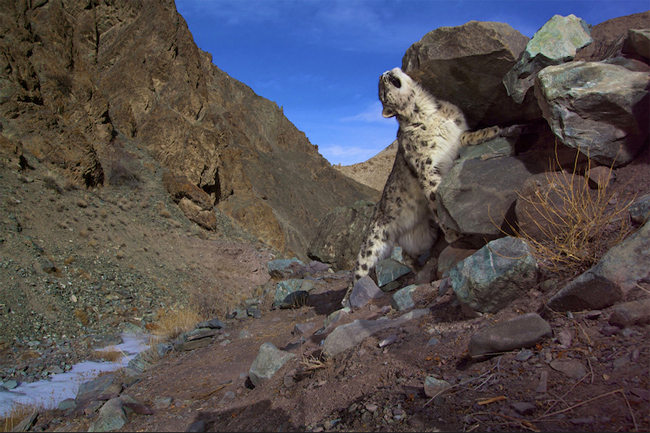
I do like animals. I like to watch their movements, their behaviours, their interactions each one another within the community, their instincts, their habitats… Observing them always reminds me of the great power evolution wields in all biological life that unfolds in our ecosystem. It becomes even more awe-inspiring when the animal in question is an endangered species. Perhaps this is the allure of National Geographic?
“They sent me to document the search for new drugs at the National Biodiversity Institute in Costa Rica. I went to a rainforest for the very first time and was absolutely blown away by what I saw and by the scientists I worked with for six weeks. I had never shot any natural history before. That assignment changed my life, and the focus of what I wanted to do…”
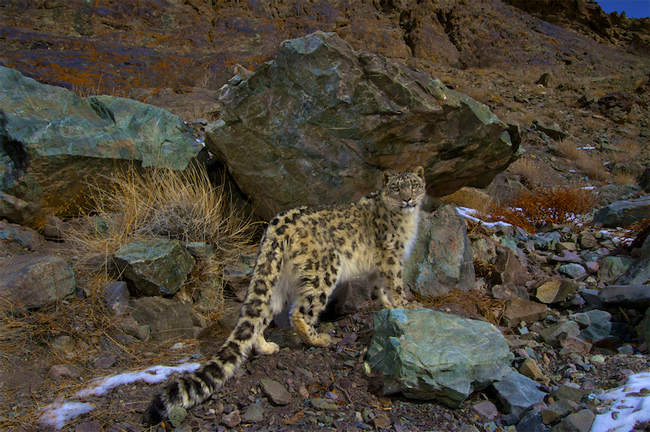
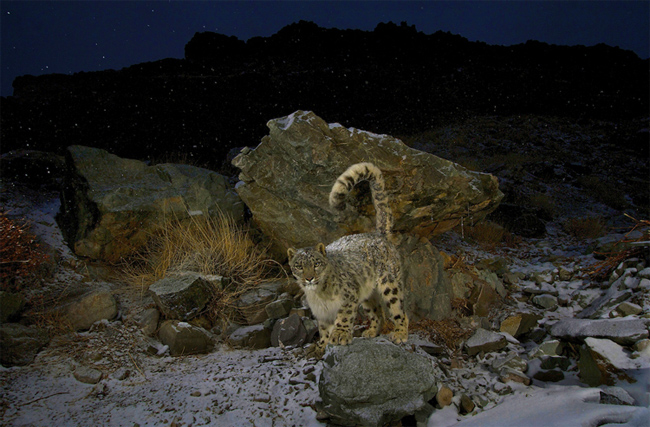
“As a photographer, Steve had always been a storyteller with a particular interest in communicating with children. He introduced the idea of including children the same age as the magazine’s readers in the stories he shot about scientists working, for example, on how to save a particular endangered species… [Eventually], he was sent to Guatemala to shoot a story on the country’s national bird, the quetzal. It would be just the first in a long series of natural history stories for Steve… The snow leopard story… was the most technically and physically challenging assignment of his career. It involved working with a team of scientists and support staff to find and photograph the endangered cat in its frigid high-altitude habitat in northern India’s Hemis National Park… It was really “a collaboration between myself, the team and the snow leopard.”
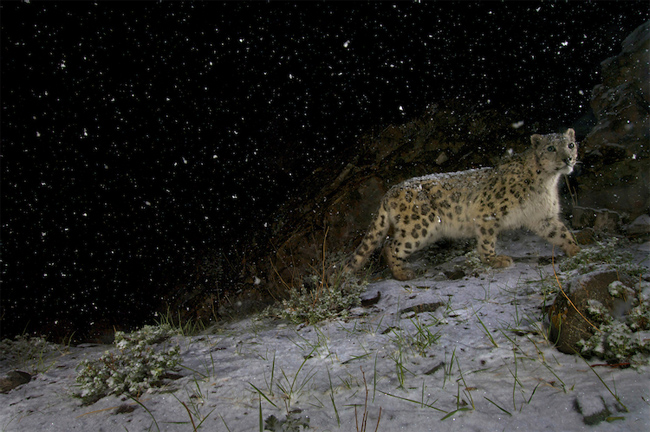
Text adapted from Canon Europe. Images from Steve Winter’s portfolio.
Tags: Photography
Posted in Uncategorized | No Comments »
Wednesday, 23 September 2009
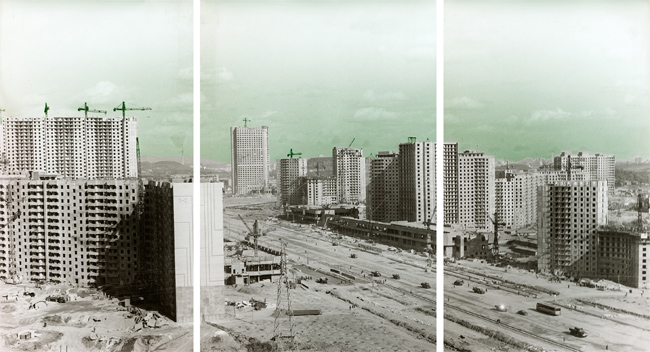
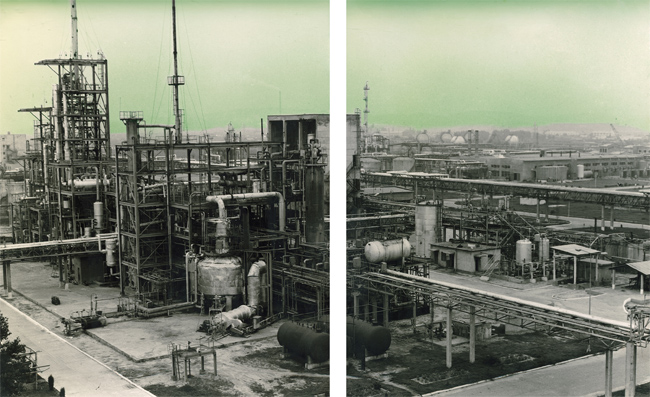
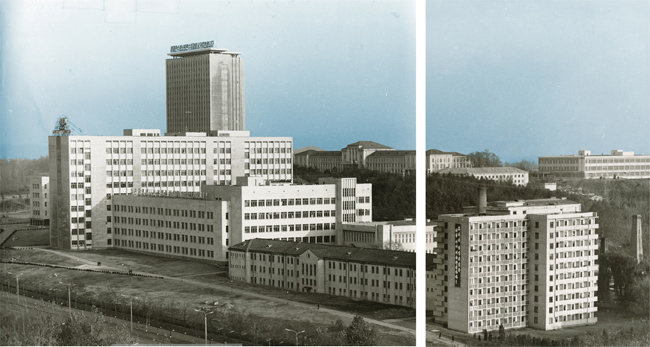
“In 2002, when Seung Woo Back visited North Korea for the first time, he took snap shots of the city of Pyongyang while under the surveillance and control of the accompanying guards. He was only able to shoot limited areas, and even had his films censored, but the camera had captured parts that even the artist and the North Korean security agents had failed to see… [During his visit], he heard the North Korean children repeating three same things: “We welcome your visit to the Democratic People’s Republic of Joseon”, “We are happy”, and “Only we can defeat the Americans”. But what was being trained and controlled were not only the children of North Korea. The promotional photos made by North Korea in the 1970’s that the artist stumbled on in a small bookstore in Tokyo were also politically controlled and artificially manipulated. Just as original copies do not exist in photography, Seung Woo Back shows… our attempts to attain, by means of transforming and manipulating, our utopian illusions… [He] mocks at the utopian illusions that society has created by adding photographic manipulations to the images he shot in the controlled society of North Korea.”
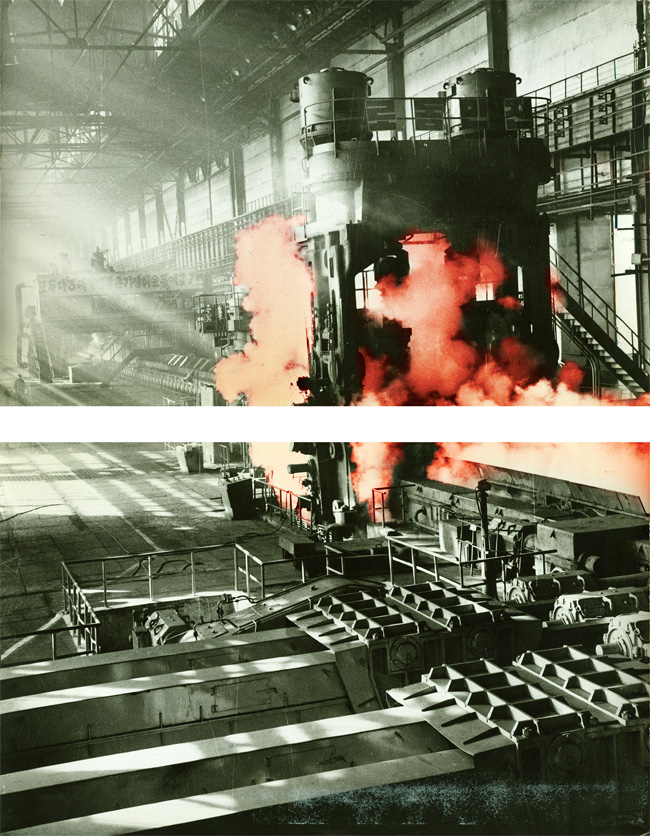
Text and images sourced from a39c2.
Tags: Korea, Photography
Posted in Uncategorized | No Comments »





















































